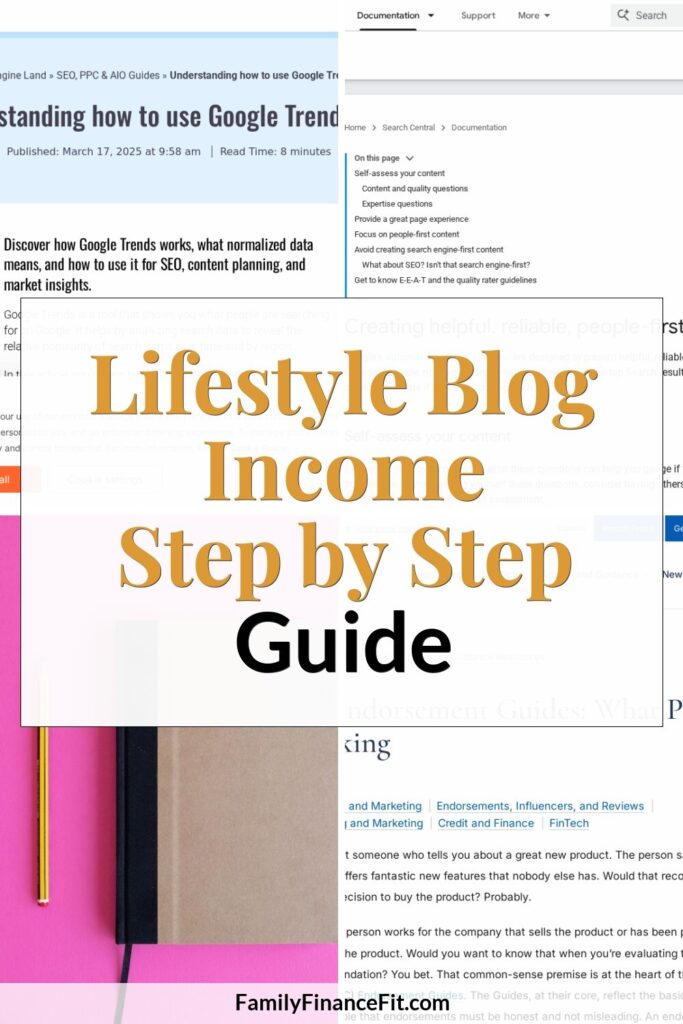
I built my first lifestyle blog as a small creative outlet and it eventually became real income that paid for my freedom. That is why I love this topic. You can grow a blog without giving up the little joys that keep life fun. The key is to mix smart monetization with content that truly helps people. Use this guide to turn your ideas into a flexible, balanced business that supports your goals and your lifestyle.
1. Choose a focused angle that buyers care about
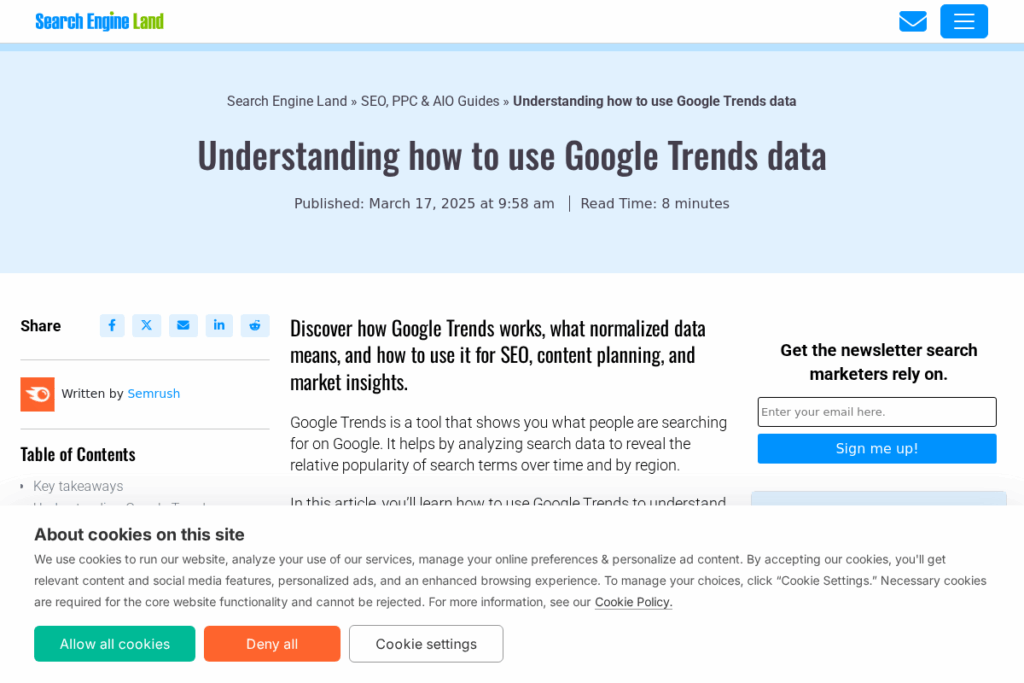
Start by carving out a clear promise. Lifestyle is broad. Narrow to a problem you can solve again and again. Think budget friendly home refreshes, realistic meal planning, or simple wellness habits for busy parents. Build around topics with steady interest and visible demand. To validate ideas, review how people search and compare seasonality with Google Trends guidance. Then look at spending behavior to see where money actually moves. Pew Research has tracked how Americans shop on phones and how influencers shape discovery, which signals strong affiliate and product intent, so study their short read on mobile shopping and creator influence at Pew Research.
Next, write a one sentence positioning line. For example, I help new parents create calm spaces on a budget. Your line should clarify who you serve, what outcome you deliver, and how your content feels. With that lens, map five to ten cornerstone posts and list products or services that naturally align with each. A focused angle makes every monetization method work harder.
2. Grow traffic with search and Pinterest that compounds
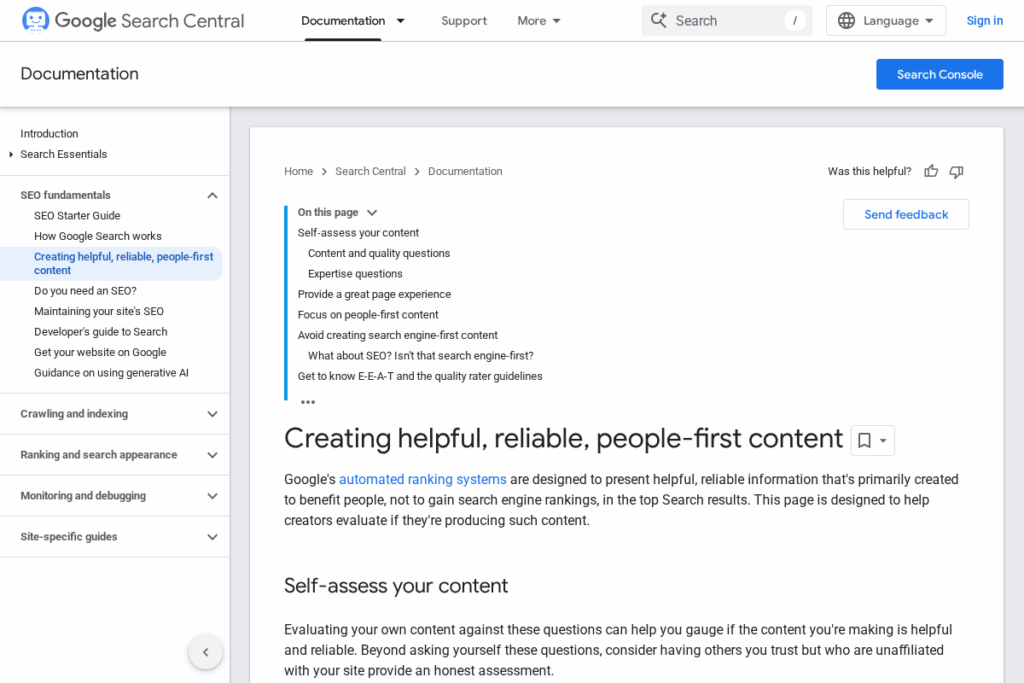
Consistent traffic is the engine of blog revenue. Begin with people first search content. Use Google’s own playbook on helpful content to shape your outlines, your author transparency, and your page experience, then audit your drafts against Google Search Central. Pair search with visual discovery. Pinterest still drives high intent visitors for lifestyle topics. Create boards that mirror your categories, design vertical images that preview value, and publish fresh pins that point to deep guides you own. A practical overview for bloggers is here at Pinterest marketing strategies.
Keep the rhythm simple. One new post weekly and several pins tied to that post. Repurpose snippets into short video and save each asset to the most relevant board first. Treat social as distribution, not your home base. Your blog and your email list remain the foundation. Search and Pinterest compound when you stick to a consistent publishing cadence.
3. Turn affiliate recommendations into reliable revenue
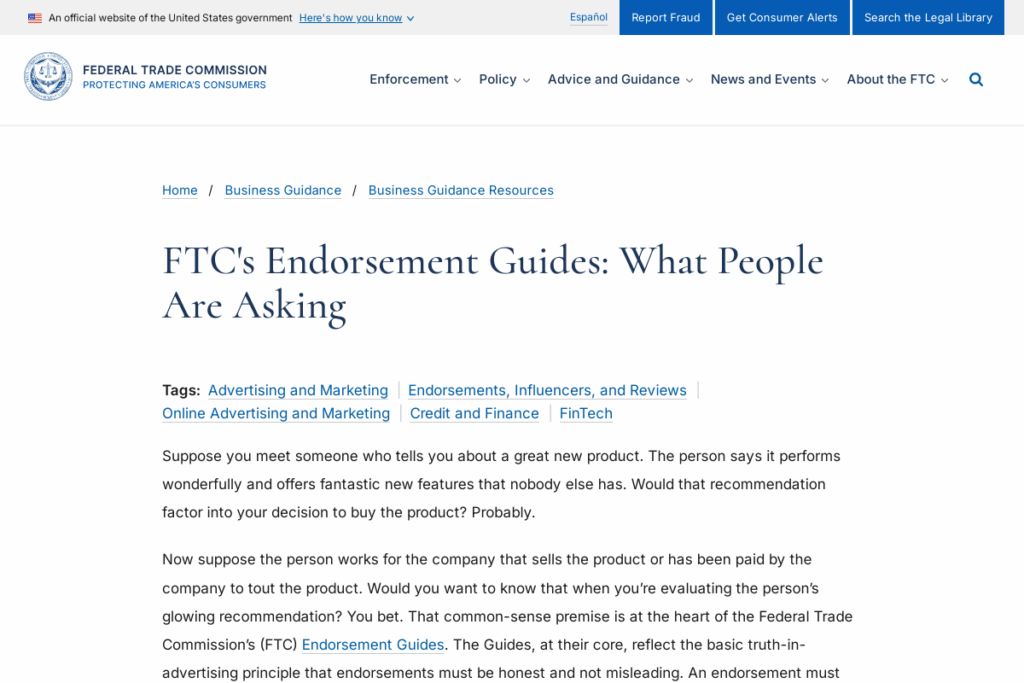
Affiliate marketing pays you when readers buy through your links. Start with products you already use and would recommend without a commission. Join programs that match your angle. If you plan to reference everyday goods, review disclosure and wording requirements inside Amazon Associates help. Always disclose clearly and near the recommendation. The Federal Trade Commission explains plain language you can use and where disclosures belong in its Endorsement Guides at FTC guidance.
Now build systems. Create comparison posts, how to tutorials, and checklists that include natural links. Add a brief disclosure above the first link. Use tables that summarize options, and add your real experience to win trust. Track which links convert so you can refine your angles. Rotate seasonal content to capture peak intent around holidays and life events. Affiliate income grows fastest when your content solves a decision, not when it reads like a catalog.
4. Monetize pageviews with display ads the right way
Ads turn traffic into passive revenue, especially for lifestyle topics with broad audiences. Newer sites can begin with networks that accept lower sessions, then move to premium partners as you scale. Review current application criteria for Mediavine and plan your traffic goals using their public requirements at Mediavine application review. As you add ads, protect user experience. Follow the industry standard for acceptable formats so readers stay on your pages longer. The Coalition for Better Ads lists intrusive formats to avoid, which helps you maintain trust and viewability, so study the Better Ads Standards.
Focus on a clean layout, fast pages, and high quality images. Organize posts with clear subheads and jump links so visitors can skim. This structure lifts time on page and ad impressions without feeling cluttered. Treat ads as a portfolio piece along with affiliates, sponsors, and products so no single stream carries all the weight.
5. Win sponsored posts and brand deals that fit your audience
Brands pay for content when you can deliver a defined audience and a clear outcome. Start by building a simple media kit with audience stats, example posts, and package ideas such as a blog feature with social amplification. For rate context, browse current ranges that marketers use when budgeting sponsored content on major platforms, like this breakdown from HubSpot. Your blog packages can anchor stronger fees since posts rank in search and keep working long after a campaign.
Protect your reputation with transparent labeling. The Federal Trade Commission explains how to label native ads and where to place disclosures so readers clearly understand what is advertising. Before you accept any brief, review FTC native advertising guidance. Use simple contracts, set revision limits, and require payment terms that support your cash flow. Long term relationships beat one off posts, so pitch a quarterly content plan that lines up with the sponsor’s launch calendar.

6. Create digital products or services that scale
Digital offers turn attention into owned revenue. Start with small wins such as templates, checklists, or mini guides tied to your highest traffic posts. A simple storefront can run on creator first tools with transparent fees, so review current pricing at Gumroad pricing. If you prefer to sell inside your existing store, Shopify explains how to mark items as digital and deliver files through apps in its help article on selling digital products.
Validate demand with a waitlist and a limited presale. Keep your promise tight. Solve one pain and deliver one clear outcome. Layer in evergreen upsells such as presets for photo styling or a private consultation for room makeovers. Use customer feedback to improve the product and to write stronger sales pages. Digital revenue scales because it grows without more hours every week, which allows you to keep your lifestyle in balance.

7. Build an email list that sells without pressure
Email is your most dependable channel because you own the relationship. Offer a helpful freebie that matches your cornerstone content and promote it inside posts and pins. Set a simple three to five email welcome series that teaches, builds trust, and gently introduces your best affiliate recommendations or products. Mailchimp’s step by step tutorial makes setup easy in Create an automated welcome email.
As your list grows, consider newsletter ads and sponsorships that match reader interests. Independent writers are monetizing with placements and packages, and publications have covered how creators mix ads with subscriptions, as seen in this report from The Wall Street Journal. Keep the cadence steady, keep the value high, and make every link trackable so you can see what your audience wants more of.
8. Track results and protect your business
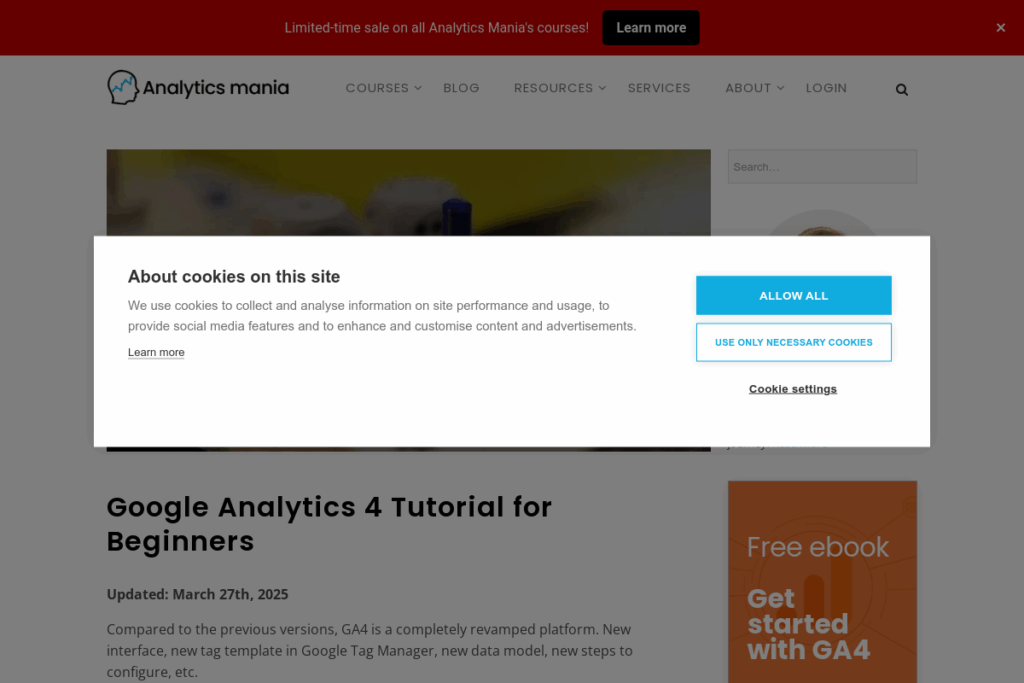
Data turns effort into progress. Set up analytics and define a few weekly numbers to watch such as sessions by source, email opt ins, and revenue by post. A current plain language walkthrough for GA4 setup and reporting lives at Analytics Mania. Tag key events, build a simple dashboard, and review what content converts best. Test headlines, images, and calls to action. Keep what works and prune what does not.
Build trust with clear disclosures and privacy notices. If you reach readers in California, understand their rights and your duties under the California Consumer Privacy Act using the Attorney General’s overview at CCPA. Link your privacy policy in your footer, make affiliate disclosures obvious, and store only the data you truly need. Strong measurement and strong ethics are both growth levers because they earn the reader’s next visit.
Wrap up. A lifestyle blog becomes a business when you align a focused promise with compounding traffic and multiple revenue streams. Start small, ship weekly, and add monetization in layers. Keep the work joyful. The steady balance you build will become the freedom you feel.

